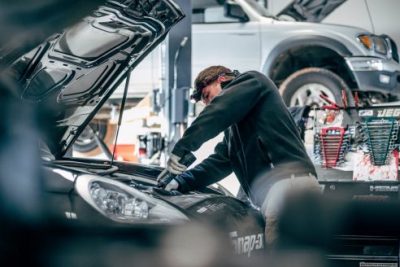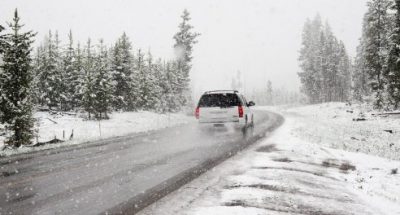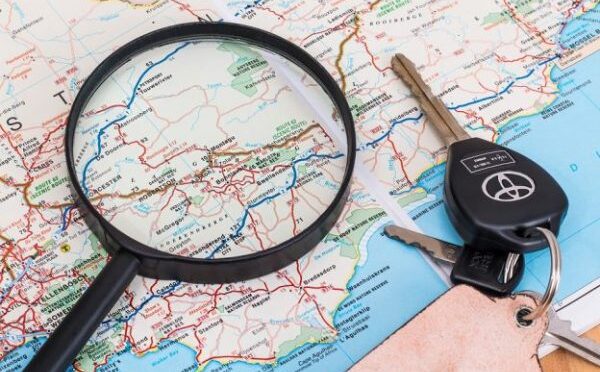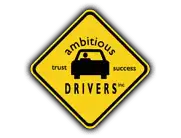If you’ve recently passed your driving test, congratulations! The most nerve-wracking part is over. Now that you can drive on your own, there are a few responsibilities you should be aware of—proper vehicle maintenance being one of the most important. As a new driver, it’s important for you to recognize the signs that your vehicle needs repair.
To keep you and other drivers on the road safe, here are a few things to watch for that might suggest your vehicle needs a tune-up:
Flashing “Check Engine” Light. An illuminated “check engine” light is no need for immediate concern. If the light is flashing, however, you should take your car in for repairs immediately. It’s a sign that something is wrong with one of the hundreds of systems in your vehicle.
Leaks. If your regular parking spot is covered in stains, your engine is probably leaking. With a simple Online search, you should be able to determine the source of the leaking substance. If the stains are coming from the front half of the vehicle, it could be coolant, brake fluid, transmission fluid, or engine oil. Get your vehicle to a local garage as soon as possible to diagnose the issue.
Strange Noises While Driving. Most people know what their vehicles sound like on a day-to-day basis. Strange or irregular sounds, like dragging, scraping, or banging, coming from the engine or underneath the vehicle are a major source of concern. If you’re hearing an unpleasant grinding sound when coming to a stop, your breaks likely need replacing. Take your vehicle to a local garage as soon as you can.
Exterior Deterioration. Whether it’s their evenly distributed rust, vintage mirrors, or unique interior, we understand why some people just can’t let go of their old cars. If your vehicle is more than 10 years old, it’s important to ensure it’s safe to drive. A cracked windshield, broken or missing mirrors, and broken turn signals or lights are dangerous and should be repaired immediately. Depending on your location, these may be ticketable offences.
Steam or Smoke Coming from Under the Hood. This problem is generally caused by overheating, which could ruin the engine. If your temperature gauge is constantly going up, you should turn off your vehicle until the engine cools, and seek professional help immediately.
Reduced Comfort on Bumpy Roads. If going over a speed bump or driving across a pothole causes your car to shake uncomfortably, or produce scraping sounds from below, your suspension likely needs repair.
Car trouble is one of the most frustrating things you can face while on the road—it’s also the most dangerous. Each time you get behind the wheel, ensure your vehicle is operating safely. For more driving tips, or to sign up for driving classes, get in touch with the professionals at Ambitious Drivers today.








